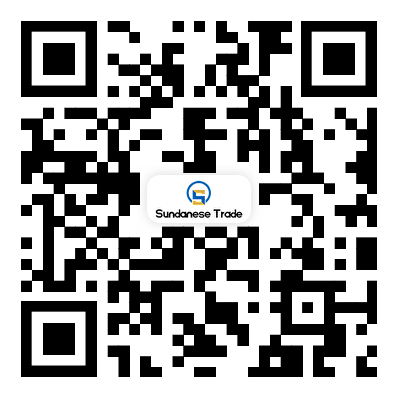Anti-Counterfeit Printing: Advanced Solutions for Brand Protection
2025-04-03
Anti-counterfeit printing integrates specialized technologies into packaging, labels, and documents to prevent forgery and unauthorized replication. These security features combine overt and covert elements, making authentication possible for both consumers and professionals while deterring counterfeiters.
Key Anti-Counterfeit Technologies
1. Overt (Visible) Features
- Holograms:
- 3D depth effects with kinetic movement
- Dot-matrix laser imaging (10,000 DPI+)
- Color-Shifting Inks:
- Photochromic/thermochromic pigments
- Tilt-dependent color changes (e.g., green to gold)
- Guilloché Patterns:
- Engineered moiré effects
- Microtext borders (0.2pt font)
2. Covert (Hidden) Features
- Invisible Fluorescent Inks:
- UV-activated (365nm/254nm)
- IR-readable (700-1500nm)
- Microtext:
- 50-100μm readable text
- Requires 10x magnification
- Digital Watermarks:
- Algorithmic pattern encoding
- Smartphone-verifiable via apps
3. Track & Trace Solutions
- Cryptographic QR Codes:
- One-time-use digital tokens
- Blockchain-verified authenticity
- RFID/NFC Tags:
- Tamper-evident designs
- Chip cloning protection
Technical Implementation
| Technology | Security Level | Verification Method | Cost per Unit |
|------------------------|-------------------|------------------------------|------------------|
| Holographic Foil | Medium | Visual inspection | $0.01-0.05 |
| DNA Tagging | High | Laboratory testing | $0.50-2.00 |
| Taggant Particles | Very High | Spectroscopic analysis | $0.10-0.30 |
Industry-Specific Applications
| Sector | Preferred Technologies | Compliance Requirements |
|-------------------|----------------------------------------|----------------------------------|
| Pharmaceuticals | Serialized 2D codes + tamper seals | FDA DSCSA, EU FMD |
| Luxury Goods | Nano-holograms + blockchain NFTs | EN 16679 tamper evidence |
| Currency | Hybrid substrates with OVI inks | ISO 4210 security printing |
| Automotive Parts | Laser-engraved microsurface textures | IATF 16949 traceability |
Integration Process
1. Risk Assessment
- Identify counterfeit hotspots in supply chain
2. Feature Selection
- Combine 3+ authentication levels
3. Production
- Secure facility printing with access controls
Verification Methods
- Level 1: Consumer-visible (holograms)
- Level 2: Tool-assisted (UV lights)
- Level 3: Laboratory forensic analysis
Emerging Innovations
- Quantum Dot Markers:
- Tunable optical signatures
- AI-Generated Security Patterns:
- Algorithmically unique designs
- Biodegradable RFID Tags:
- Cellulose-based circuits
Effective anti-counterfeit printing reduces brand piracy by 60-80% when properly implemented. Modern solutions now leverage:
- Mobile authentication (90% consumer reach)
- Geo-tagged production data
- Self-destructing labels
Pro Tip: For maximum protection, use overt features for deterrence and covert features for forensic evidence—this dual approach covers both prevention and legal enforcement needs.
From tax stamps to high-end apparel, anti-counterfeit printing continues evolving to stay ahead of increasingly sophisticated forgery techniques. The most secure systems combine physical and digital elements, creating multi-layered protection that adapts to new threats while maintaining user-friendly verification.
Investment in these technologies not only protects revenue but also safeguards brand reputation and consumer safety—a critical consideration in industries like pharmaceuticals where counterfeit products can have life-or-death consequences.


